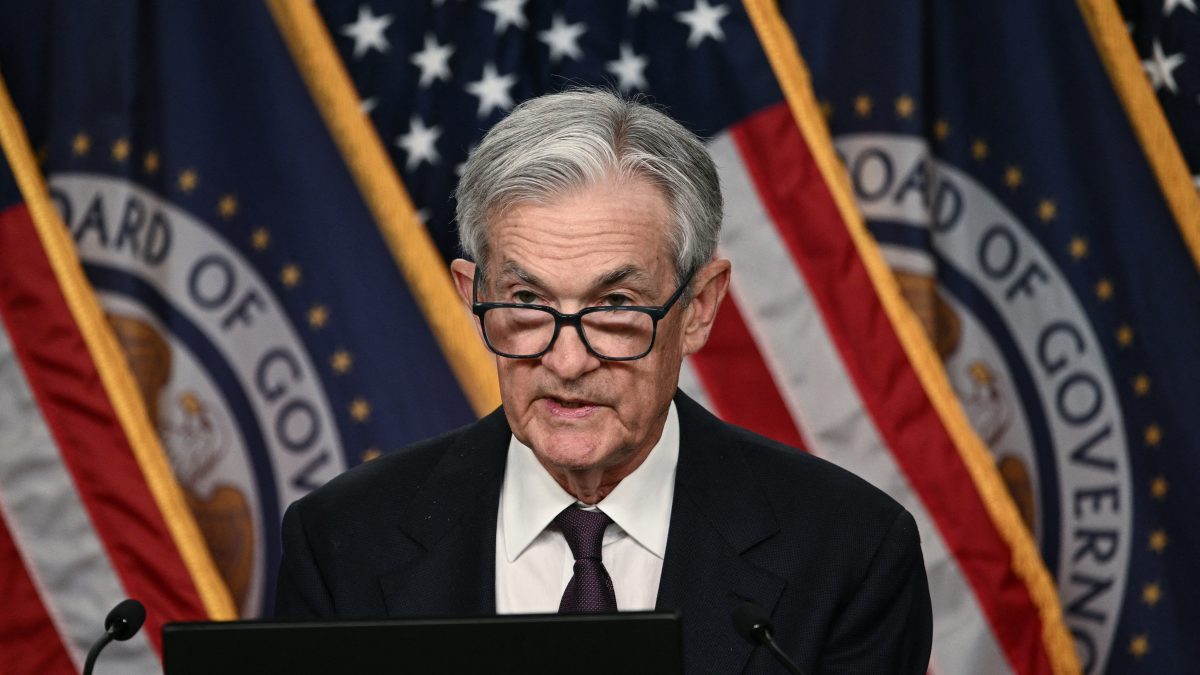South Carolina executed death row inmate Freddie Owens, the first man to be put to death by the state in 13 years. However, the execution came days after the key witness for the prosecution came forward to admit that he lied at the trial. The witness insisted that the state was putting to death an innocent man.
The 46-year-old inmate was killed by a lethal injection and was pronounced dead at 6:55 p.m. (local time), the Associated Press reported. Earlier this week, Owens’s lawyers filed an emergency motion, citing new testimony suggesting he was wrongfully convicted. However, the South Carolina Supreme Court rejected the plea, and Henry McMaster, the Republican governor, announced just before the execution that he would not be granting clemency.
Owens was strapped to a gurney in the death chamber when the curtain opened for the media to view the proceeding. He appeared to mouth “goodbye” to his team and lost consciousness roughly one minute after the injection was injected.
The complicated case
While Owens’s execution was the first in 13 years in South Carolina, it could start a rapid series of executions in the coming months. Before the procedure, the state gave Owens the choice of lethal injection, electrocution, or firing squad. However, he objected to signing off on a method, insisting that it would amount to suicide and violated his Muslim faith.
Eventually, his attorney chose lethal injection for him. It is pertinent to note that Owen was convicted of armed robbery and murder of convenience store cashier Irene Graves in November 1997. He was 19 at that time, and Graves was a 41-year-old mother of three. While the cashier was shot dead in the head during the robbery, Owens maintained his innocence in the case.
Impact Shorts
More ShortsProsecutors pursuing the case did not have forensic evidence connecting Owens to the shooting, and surveillance footage at the store showed two masked men with guns, but they were not identifiable.
Due to the lack of evidence, the state’s case rested on the testimony of Owens’s friend and co-defendant, Steven Golden, who was charged with robbery and murder. When their joint trial commenced, Golden pleaded guilty to murder, armed robbery, and criminal conspiracy and agreed to testify against Owens. Golden, who was 18 at that time, told the court that it was Owens who shot Graves.
However, things changed this week, just two days before the scheduled execution. On Wednesday, Golden signed a bombshell affidavit recanting his testimony. He stated that Owens “is not the person who shot Irene Graves” and “was not present” during the robbery. Golden’s declaration said he was high when police questioned him days after the robbery, and that he was pressured into writing a statement blaming Owens.
“I substituted (Owens) for the person who was really with me,” he wrote, saying he concealed the identity of the “real shooter” out of fear that “his associates might kill me”. He did not identify this person. Golden noted that he agreed to testify when the prosecutors told him that he would not face the death penalty or a life sentence.
However, such a condition was not disclosed to the jury at that time. “I don’t want [Owen] to be executed for something he didn’t do,” he wrote in the new affidavit. “This has weighed heavily on my mind and I want to have a clear conscience.”
Then why was Owens executed?
Shortly after the affidavit circulated online, the state attorney general filed a response on Thursday suggesting Golden’s new statement was not credible and did not warrant a new trial. The lawyers of the state claimed that evidence hinted at Owens’s guilt and he confessed the shooting to his mother and girlfriend.
However, the death row inmate’s lawyers rejected the claims of the “jilted former girlfriend” and said his mother had “disavowed” a statement police had her sign suggesting her son had confessed. The state supreme court eventually gave a judgment in the attorney general’s favour, stating that the recent development did not provide “exceptional circumstances” to reverse the judgment and other evidence supported Owens’s guilt.
The justices have also pointed to Allah’s reported confession to killing a man in jail in 1999, an issue raised during his original sentencing, but those charges were dropped. The final nail in the coffin was when the US Supreme Court denied Owens’s last-ditch request. However, liberal justice Sonia Sotomayor indicated she supported temporarily halting the execution.
The recent execution now raises worries about the US’s rapid pivot towards handing capital punishment to convicts.
With inputs from agencies.


)

)
)
)
)
)
)
)
)



